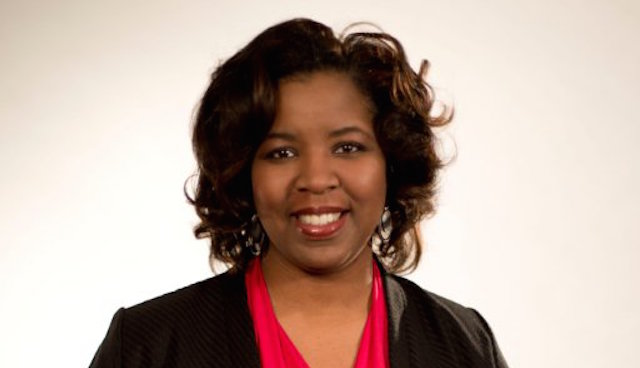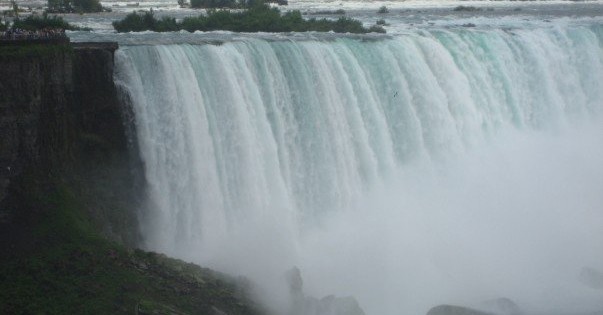Podcast: Play in new window | Download
Subscribe: RSS
A few nights ago, I sat in my living room at 3 AM, feeding my daughter while contemplating my first Father’s Day as a dad, when one single moment crystallized my entire fatherly experience:
My baby spit milk into my mouth.
I couldn’t have planned it. I probably can’t replicate it. I had just pulled Olivia’s bottle and perched her on my lap. I had patted her back to burp her, then clutched her against my chest to soothe her. We had sat silently, her head leaning against mine, when I turned my cheek to give hers a kiss. As my lips puckered, Olivia swiveled her head my way and sent an ounce of milk fountaining from her mouth. Most landed on my shirt, some across my face. The rest settled inside my jaw. Dignity.
But it wasn’t her action that encapsulated my life as a dad. It was my reaction. I pffted out the milk, looked at my child, shook my head and laughed out loud in a pitch-black room. I wasn’t upset. I wasn’t grossed out. I felt grateful.
I’ve been waiting so long to be a dad, I thought. A little milk in the mouth is all part of the package.
I often wonder how my job as a journalist affects my outlook as a father, and it’s not always obvious. But in moments like the Great Spitting Incident of 2018, it becomes clear. Same when the twentieth person of the week asks me, “Are you sleeping at all yet?” I am! And what little sleep I lose hasn’t bothered me. Neither have the middle-of-the-night feeds, exploding poops, and impromptu workouts from carrying Olivia on my shoulder for 20 minutes.
I can shrug it off in Atlanta because I remember Sioux City. (more…)




